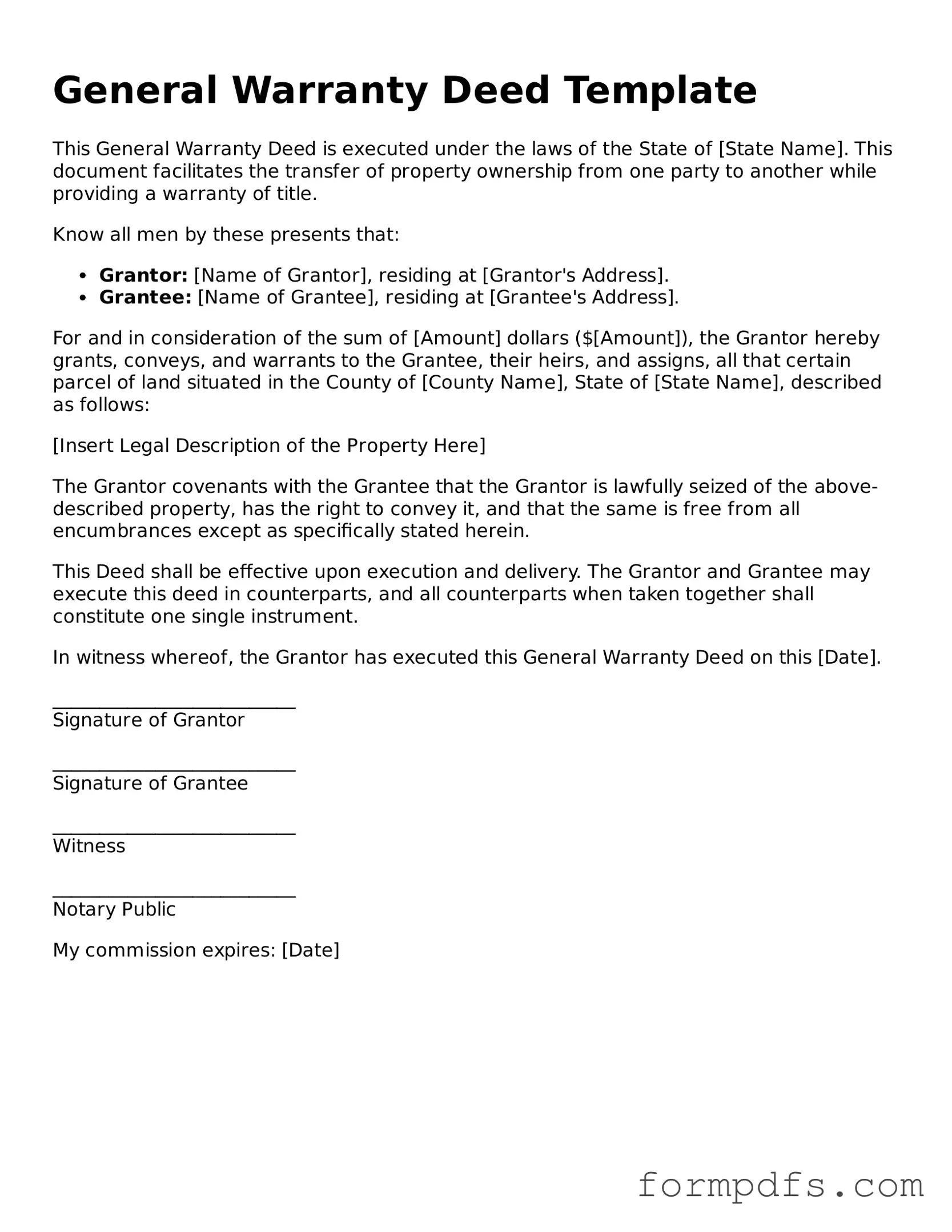What is a Deed form?
A Deed form is a legal document used to convey property rights from one party to another. It serves as proof of ownership and outlines the terms of the transfer. Typically, the Deed includes information about the property, the parties involved, and any conditions or restrictions associated with the transfer. It is important for establishing clear ownership and can be essential in legal proceedings related to the property.
What types of Deeds are there?
There are several types of Deeds, each serving different purposes. The most common types include Warranty Deeds, which guarantee that the seller holds clear title to the property; Quitclaim Deeds, which transfer whatever interest the seller has without any guarantees; and Special Purpose Deeds, which are used for specific situations, such as transferring property into a trust. Understanding the differences can help you choose the right Deed for your needs.
How do I fill out a Deed form?
Filling out a Deed form requires careful attention to detail. Start by entering the names of the parties involved in the transaction, clearly identifying the grantor (seller) and grantee (buyer). Next, include a legal description of the property, which can usually be found in previous Deeds or property tax records. Finally, ensure that all required signatures are present, and consider having the document notarized to enhance its validity. Double-check for accuracy to avoid potential issues later.
Do I need a lawyer to create a Deed form?
While it is possible to create a Deed form without legal assistance, consulting a lawyer is often recommended. A legal professional can provide guidance on the specific requirements for your state and ensure that the Deed is properly executed. This can help prevent future disputes or complications regarding ownership. If you are unsure about the process or the implications of the Deed, seeking legal advice can be a wise investment.
